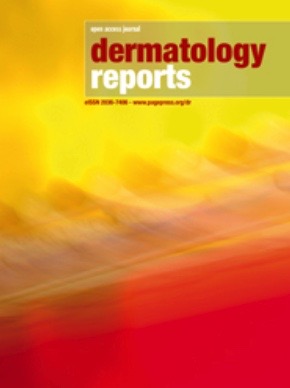Ultrasound monitoring of hidradenitis suppurativa fistulas in treatment with adalimumab
All claims expressed in this article are solely those of the authors and do not necessarily represent those of their affiliated organizations, or those of the publisher, the editors and the reviewers. Any product that may be evaluated in this article or claim that may be made by its manufacturer is not guaranteed or endorsed by the publisher.
Authors
Recently, ultrasound has become a significant tool in studying hidradenitis suppurativa (HS), allowing differentiation between abscesses and fistulas, and assessing various disease features. However, there is still a lack of data on using ultrasound (US) to assess treatment response to medical treatment. The study aims to assess the clinical usefulness of ultrasound in monitoring disease activity in HS patients undergoing treatment with adalimumab over a 52-week period. This research employs a retrospective approach to analyze ultrasound scores related to fibrosis, edema, power-Doppler (PD) signal, and resistive index (RI) at baseline and after 52 weeks of adalimumab treatment. In total, 311 fistulas from 69 patients were included. Multivariate regression analysis showed that PD score and edema were related to IHS4-55 and variations of DLQI and pain-VAS. Furthermore, at baseline, healed and non-healed fistulas were characterized by significant differences in PD signal, fibrosis, edema, and RI. Limitations include the retrospective design of the study, a limited population size, and the absence of a control group. However, our data provide evidence that ultrasound can be a reliable tool for assessing patients’ responses to medical therapies.
How to Cite

This work is licensed under a Creative Commons Attribution-NonCommercial 4.0 International License.








